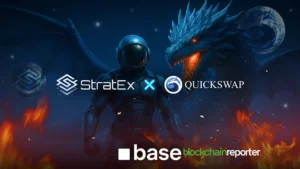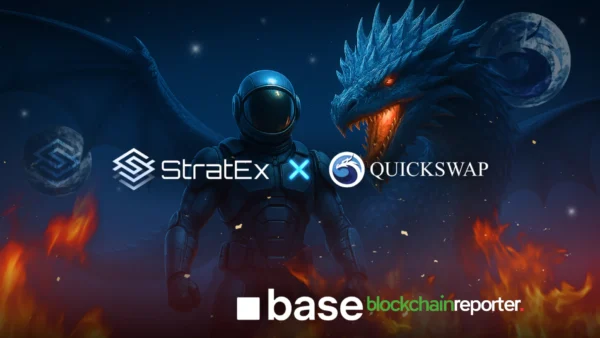
Ethereum co-founder Vitalik Buterin recently shared insightful perspectives on the future and nature of Layer-2 (L2) protocols, regarding them as cultural extensions of the Ethereum network. His latest blog post delves into the nuanced differences between Layer-1 and Layer-2 solutions, emphasizing the cultural rather than just technical shifts these innovations herald.
Buterin articulates that the transition to Layer-2 protocols isn’t solely about technological capabilities but also about fostering diverse organizational structures within the Ethereum ecosystem.
He suggests that the way these protocols are integrated influences developers’ motivations and their capacity to innovate. This strategic distinction is vital as it shapes the developmental trajectory of decentralized applications and services.
A Pluralistic Ecosystem Fostered by Layer-2 Protocols
In his exposition, Buterin defines Layer-2 solutions as inherently pluralistic, capable of supporting a wide range of approaches to scaling and design challenges. He envisions Ethereum as a central hub that supports an array of independent sub-ecosystems, each with unique technical and cultural attributes. This model not only accelerates innovation but also enriches the Ethereum community’s cultural tapestry.
Highlighting research by Paul Dylan-Ennis, Buterin discusses the emergence of distinct subcultures within Ethereum—Cypherpunks, Regens, and Degens. Each group leverages the Ethereum platform in unique ways, from developing privacy-enhancing technologies and funding public goods to trading digital assets like NFTs. Layer-2 protocols, according to Buterin, offer these subcultures not just a technological framework but a realm for active, resource-backed participation.
This decentralized cultural framework encourages a dynamic interplay between cooperation and diversity, which Buterin believes is crucial for the long-term resilience and vitality of the Ethereum ecosystem.








